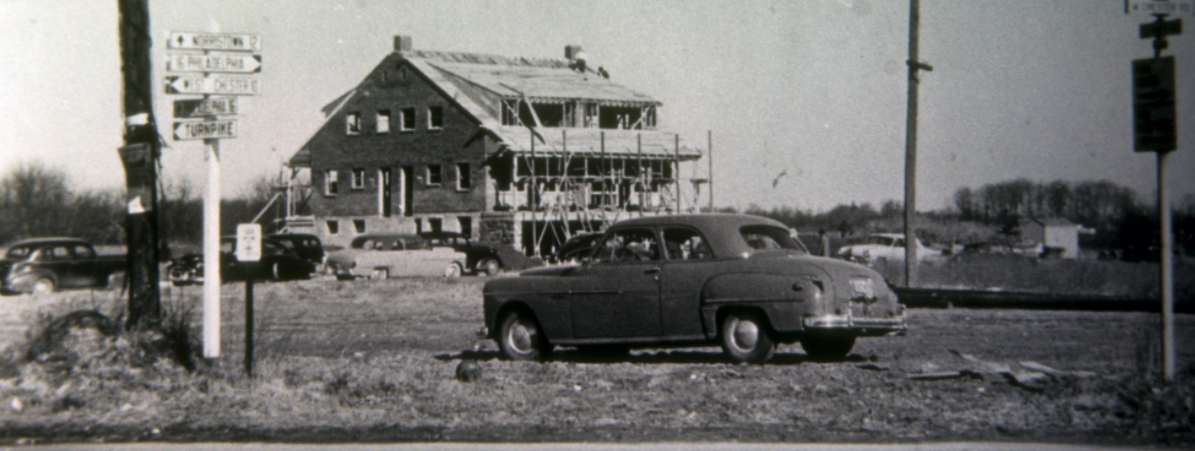Resources for Owners of Historic Homes
As a courtesy to historic property owners, we have assembled a number of resources to assist you in maintaining Newtown’s historic charm. Feel free to contact us with any question you may have.
Basic Preservation Principles
Adopted from John Milner and Associates Report on Preservation Guidelines
An understanding of basic preservation principles helps ensure that renovation projects are carried out in such a way that they enhance the features that define the character of a given site or place. To achieve this, a number of considerations must be made:
Alterations – In working with historic buildings, repair is always preferred over replacement. If historic fabric has deteriorated beyond repair, replacement features should closely resemble the original features. Unnecessary removal of historic elements or removal without replacement should be avoided.
Additions – Additions should minimize impact to historic fabric and should be compatible with the main structure in massing, size, scale and materials. An addition should not overwhelm the original structure and should be located on a secondary facade. Window placement and roof form should also reflect the design of the original building.
Relationships – When evaluating proposed site changes or changes to the exteriors of building consider the relationships that landscape elements, such as buildings, roads, walls, and trees have to one another. Strive to maintain these relationships. Avoid removing important features or adding new features that disrupt existing relationships.
Use – It is always best if historic buildings can be used as originally designed. If this is not possible, it is recommended that a new use be selected that does not require major alterations to the building.
The Secretary of the Interior’s Standards for the Treatment of Historic Properties is a great resource that any historic property owner should consultant in the beginning stages of considering preserving, rehabbing, restoring or reconstructing. For an extensive list of technical resources on preservation, start here: http://www.nps.gov/history/hps/tps/standguide

